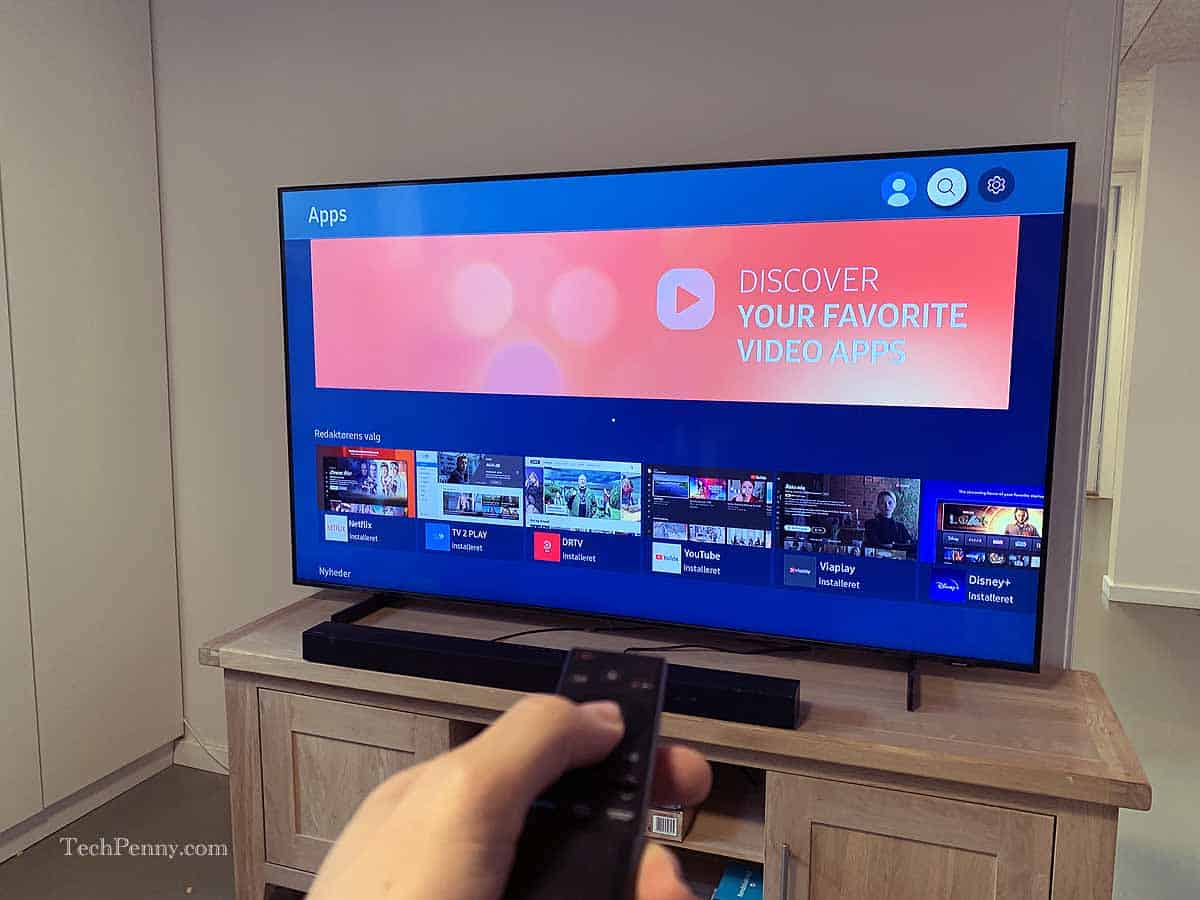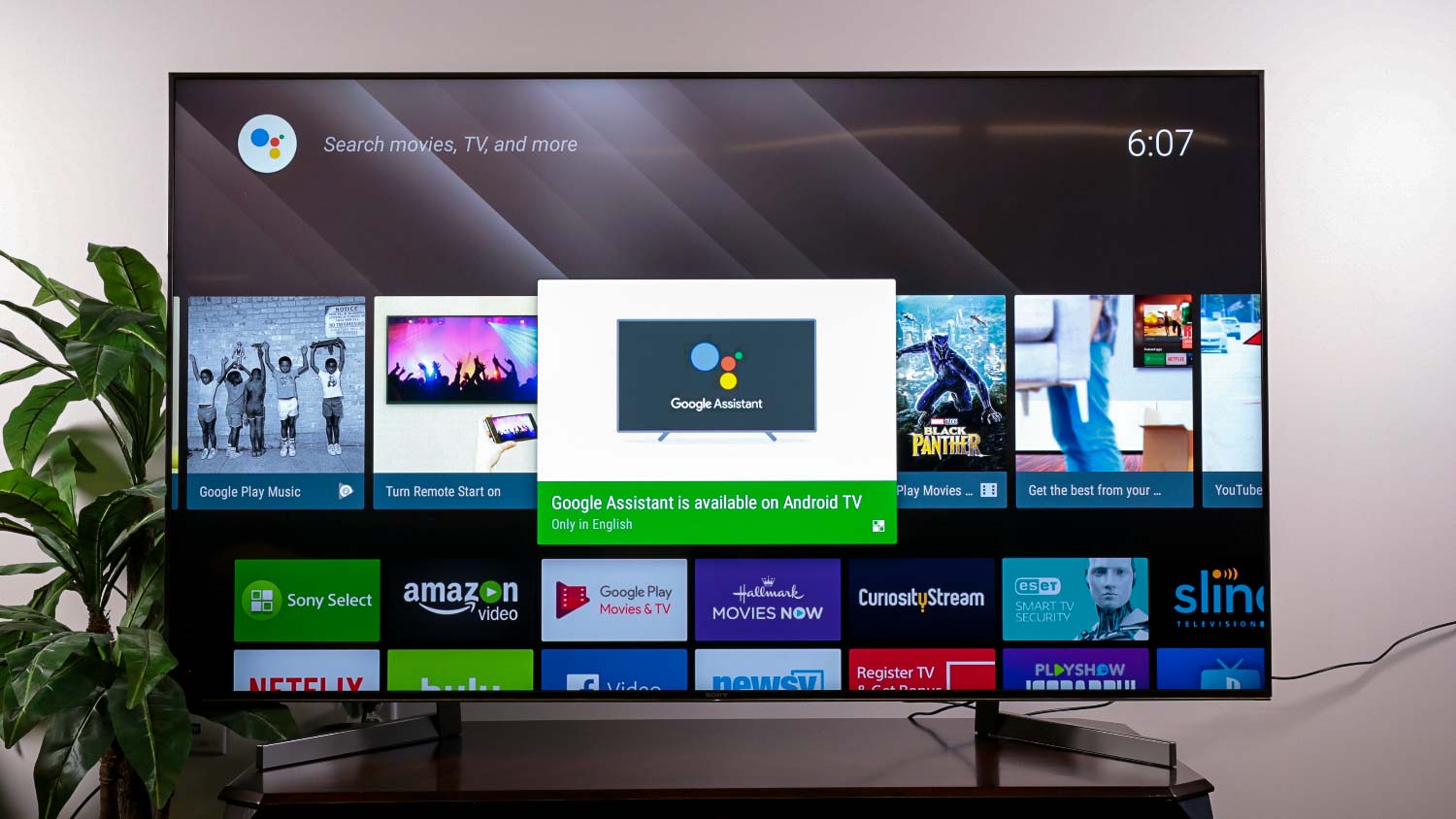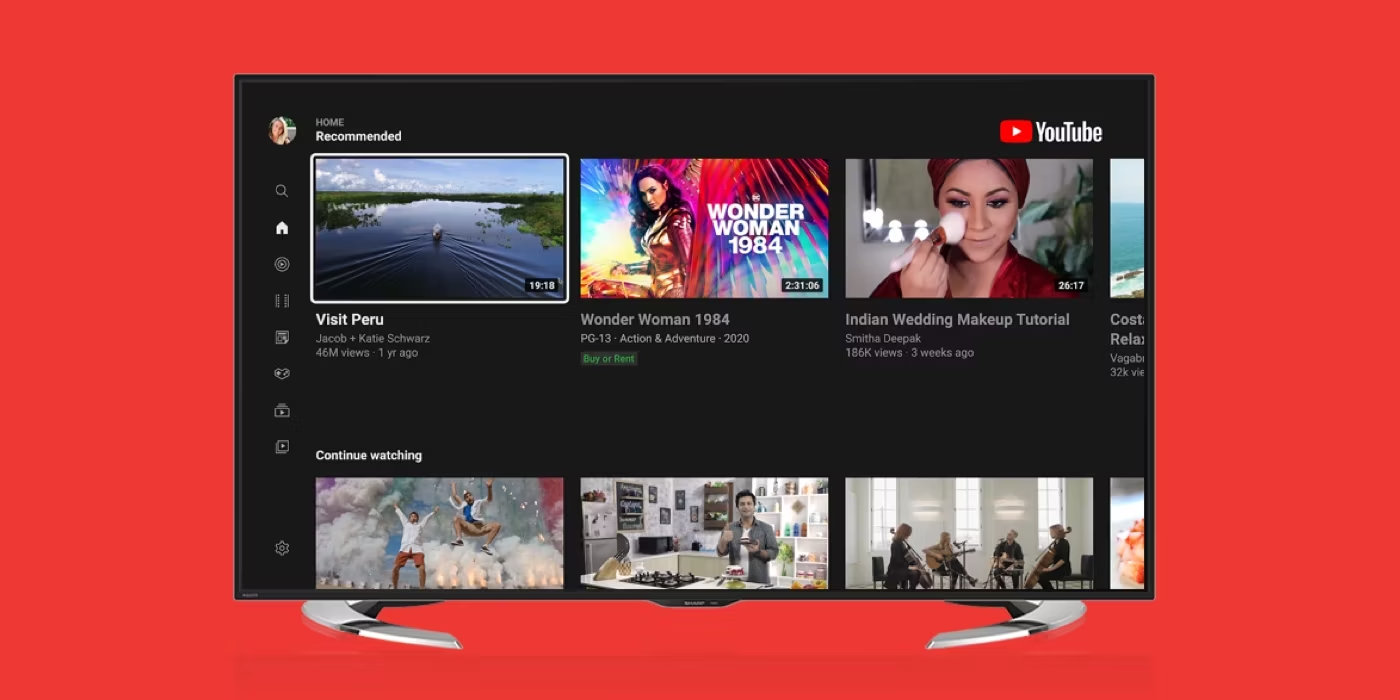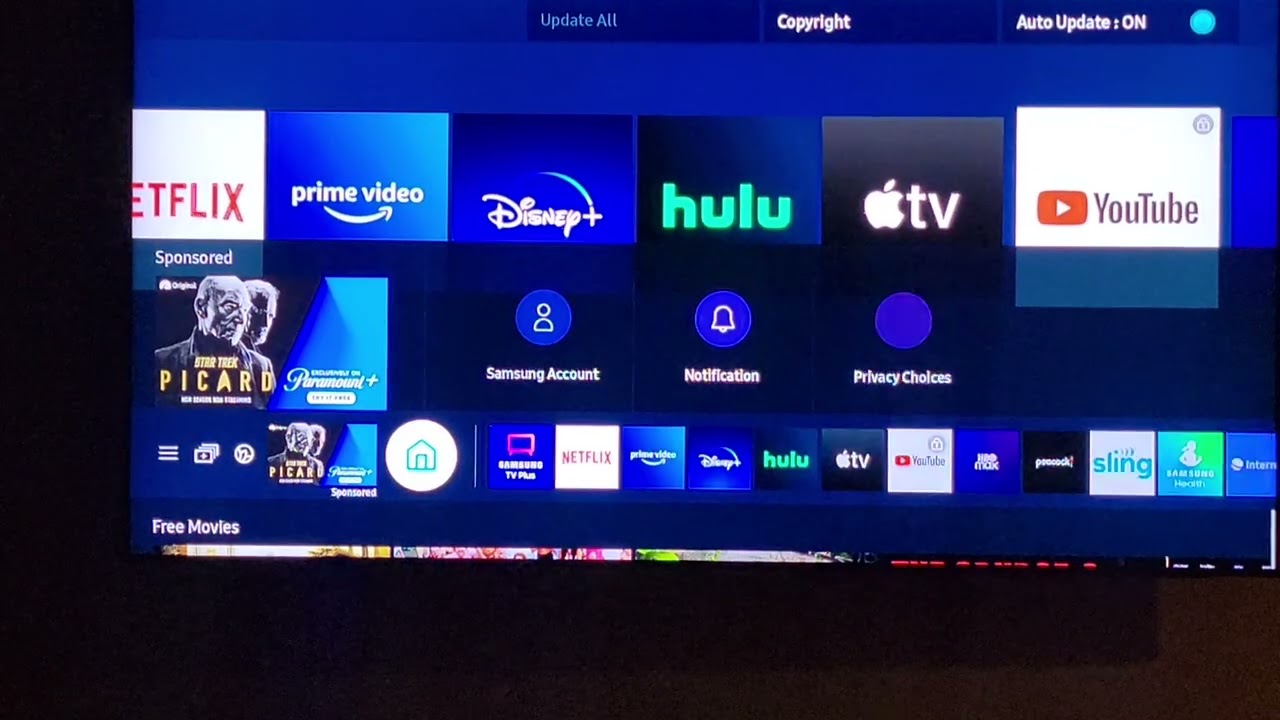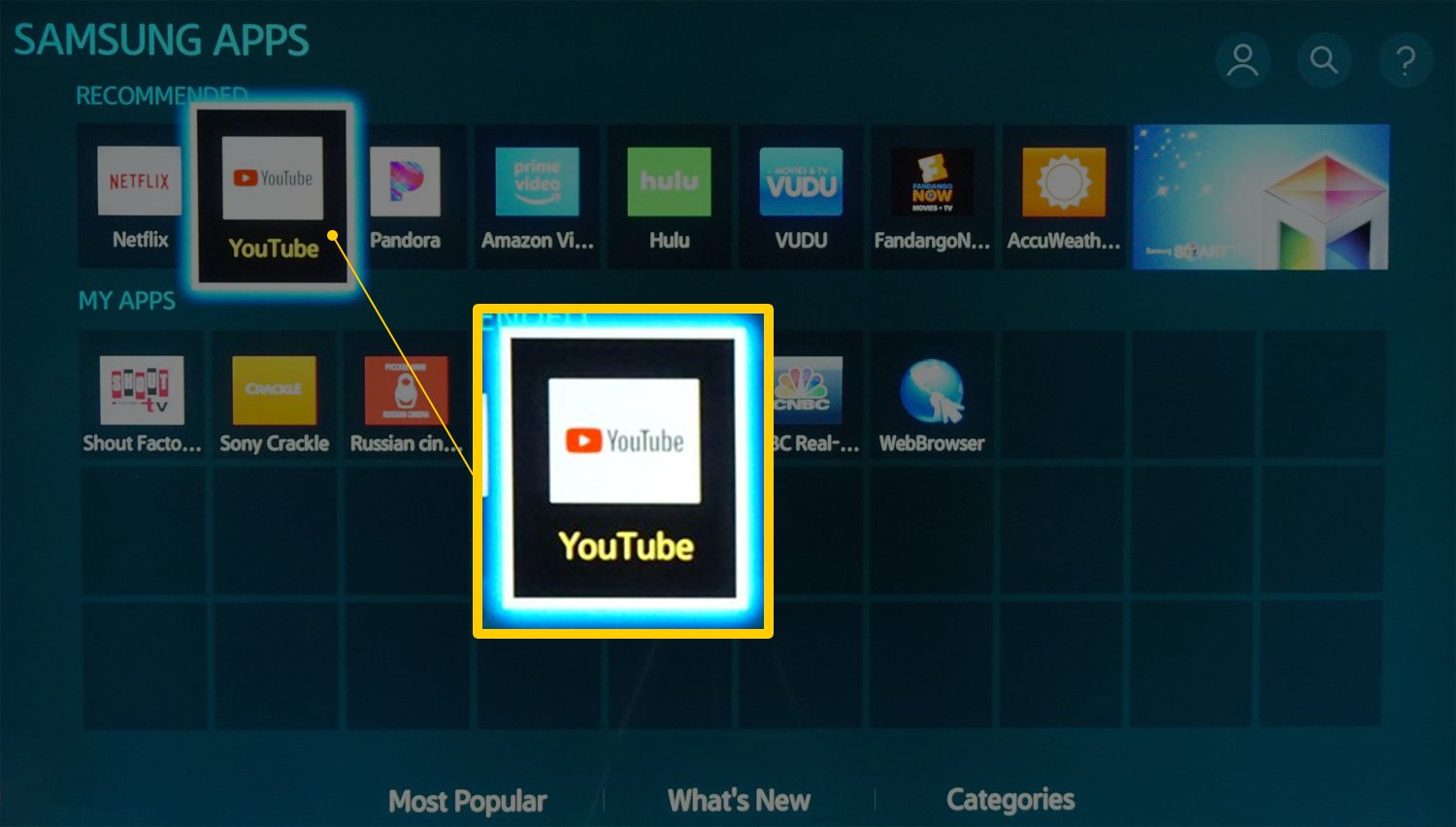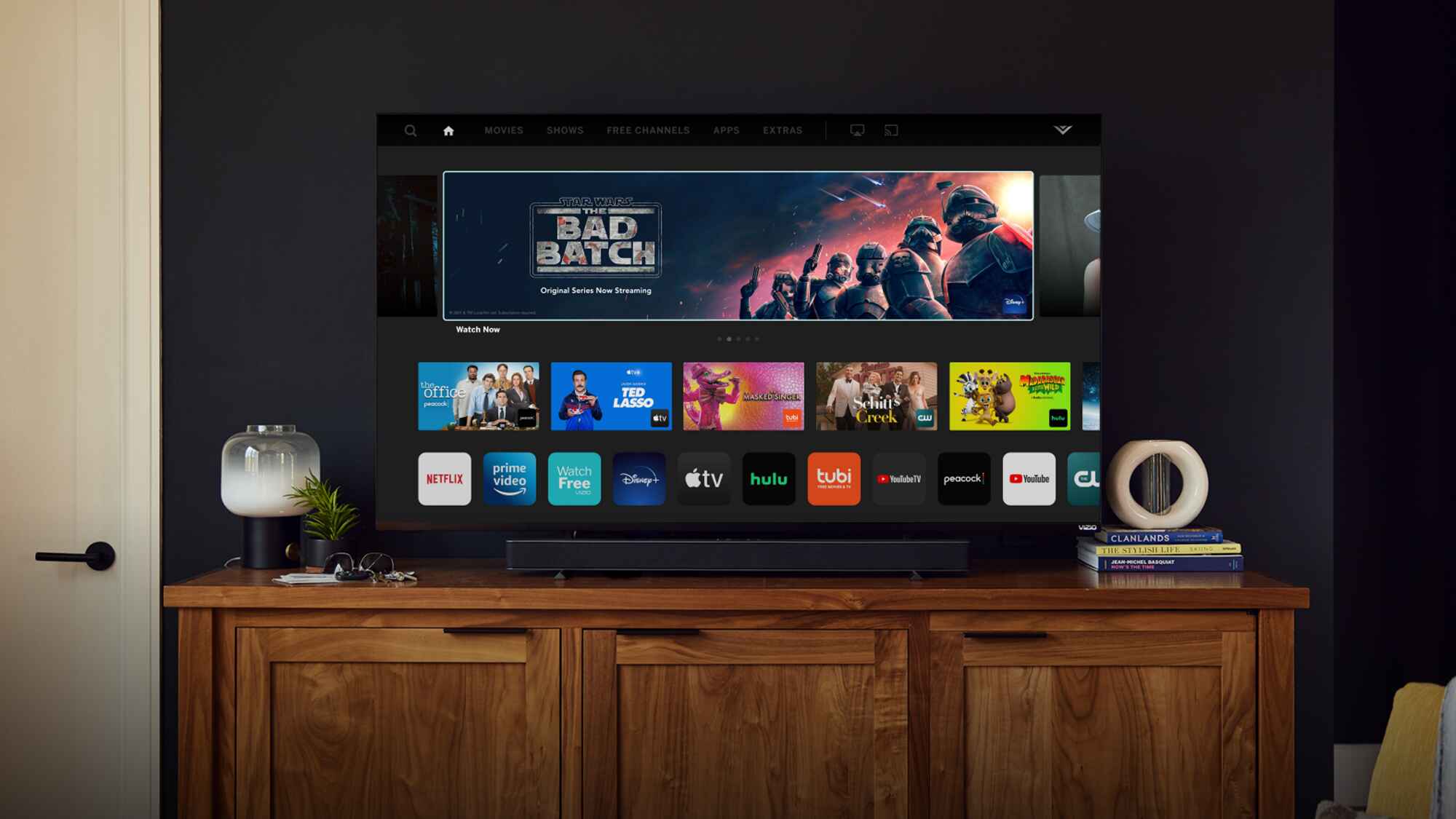Introduction
YouTube has become one of the most popular platforms for streaming videos, providing users with a vast array of content to enjoy. However, one downside of using YouTube on smart TVs is the presence of ads that can interrupt your viewing experience. These ads can be frustrating and disruptive, especially when you are immersed in your favorite videos or TV shows.
Fortunately, there are several methods you can employ to remove ads from YouTube on your smart TV. In this article, we will explore these options and help you regain control over your streaming experience.
Understanding why ads appear on YouTube on smart TVs is crucial in finding the most effective solution. YouTube relies on ads as a way to generate revenue and support creators. It is essential to keep in mind that removing ads completely may impact the revenue stream for content creators.
However, if you find the ads too intrusive and are willing to explore alternatives, there are a few options you can consider. Upgrading to YouTube Premium, using an ad-blocking app, or trying manual ad removal methods are all viable solutions to explore.
Understanding why ads appear on YouTube on smart TVs
Ads on YouTube are a fundamental part of the platform’s revenue model. YouTube creators rely on ad revenue to support their channels and continue producing content for viewers. When content creators monetize their videos, ads are placed strategically within them to generate income.
When you watch YouTube on your smart TV, the ads you see are a result of this monetization strategy. Unlike premium streaming services, YouTube offers free access to content, which is made possible by the inclusion of ads. By watching these ads, you support the creators whose videos you enjoy.
It is important to note that YouTube does make efforts to ensure the ads are relevant and personalized to individual viewers. This is achieved through algorithms that collect data on users’ preferences, viewing history, and demographic information. Advertisers can then target specific audiences with their ads, increasing the chances of engagement and conversion.
While the presence of ads may seem frustrating, it is crucial to recognize their importance in sustaining the YouTube platform. Without ad revenue, many creators would not be able to produce high-quality content on a regular basis. Ads provide a source of income for creators and enable them to continue creating the content viewers love.
However, if you find the ads too intrusive or distracting, there are several options to explore that can minimize their impact on your viewing experience. These methods can range from upgrading to YouTube Premium, using ad-blocking apps, or trying manual ad removal techniques.
Option 1: Upgrading to YouTube Premium
If you want to enjoy an ad-free YouTube experience on your smart TV, upgrading to YouTube Premium is a viable option. YouTube Premium is a subscription-based service that offers a variety of benefits, including ad-free videos, background playback, and access to YouTube Music.
By subscribing to YouTube Premium, you can wave goodbye to the interruptions caused by ads while watching videos on your smart TV. This means smoother and uninterrupted viewing sessions without the annoyance of ads popping up during your favorite content.
In addition to ad-free viewing, YouTube Premium also allows you to download videos for offline viewing. This is particularly useful when you’re in an area with limited internet connectivity or want to save data on your mobile device.
Another advantage of YouTube Premium is the ability to play videos in the background. This means you can listen to your favorite music, podcasts, or other YouTube content even when your smart TV screen is off or when you switch to another app on your device.
YouTube Premium is available for a monthly subscription fee, which varies depending on your location. It is worthwhile to consider this option if you frequently use YouTube on your smart TV and wish to enhance your viewing experience by eliminating ads.
Furthermore, YouTube Premium also extends its benefits to other devices. This means that by subscribing to YouTube Premium, you can enjoy ad-free YouTube on your smart TV, computer, tablet, and mobile devices, providing a seamless and uninterrupted viewing experience across all your screens.
Upgrading to YouTube Premium not only removes ads from YouTube on your smart TV, but it also supports content creators by providing them with a portion of the subscription revenue. This way, you can enjoy ad-free content while still contributing to the ecosystem that allows creators to thrive.
Option 2: Using an ad-blocking app
If you’re not keen on subscribing to YouTube Premium, another option to remove ads from YouTube on your smart TV is by using an ad-blocking app. Ad-blocking apps are designed to block advertisements from appearing on various websites and applications, including YouTube.
These apps work by filtering out ads before they even reach your device, ensuring a seamless and uninterrupted viewing experience. Some popular ad-blocking apps include AdBlock, AdGuard, and uBlock Origin.
To utilize an ad-blocking app on your smart TV, you’ll first need to check if your TV’s operating system supports the installation of third-party applications. If it does, you can visit the app store or marketplace specific to your smart TV and search for ad-blocking apps.
Once you’ve installed the ad-blocking app, make sure to follow the instructions provided to set it up correctly on your smart TV. This may involve adjusting settings, enabling the ad-blocking feature, and selecting any specific filters you want the app to apply.
Keep in mind that ad-blocking apps may not be as effective on smart TVs as they are on other devices, such as smartphones or computers. This is because smart TVs use different operating systems and may have limitations in terms of app compatibility and functionality.
While using an ad-blocking app can significantly reduce the number of ads you encounter on YouTube, it’s important to note that this approach may not completely eliminate all ads. YouTube regularly updates its algorithms to counter ad-blocking techniques, and some ads may still manage to slip through.
Additionally, it’s crucial to consider the impact of ad-blocking on content creators. As mentioned earlier, ads provide revenue for creators, and blocking them entirely may hinder their ability to generate income from their YouTube channels. If you choose to use an ad-blocking app, consider supporting your favorite content creators through other means, such as subscribing to their channels or sharing their videos.
Using an ad-blocking app on your smart TV to remove YouTube ads is a personal choice. It provides an alternative solution for those who prefer not to subscribe to YouTube Premium but still want to minimize interruptions and distractions while enjoying their favorite content.
Option 3: Manual ad removal methods
If you prefer not to upgrade to YouTube Premium or use ad-blocking apps, there are a few manual ad removal methods you can try to minimize the presence of ads on YouTube on your smart TV. While these methods may not completely eliminate ads, they can help reduce their frequency and make your viewing experience less disruptive.
Here are some manual ad removal methods to consider:
- Method 1: Clearing the app cache and data: By clearing the cache and data of the YouTube app on your smart TV, you can potentially eliminate any stored information related to ads. However, keep in mind that clearing the data will also remove your account information and preferences, so you may need to sign in again and set up the app as desired.
- Method 2: Adjusting permissions for the YouTube app: On some smart TVs, you can modify app permissions to control the types of data the YouTube app can access. By disabling certain permissions, such as personalized ads or ad-related data, you may reduce the number of targeted ads that appear during your YouTube viewing sessions.
- Method 3: Updating the YouTube app: Regularly updating the YouTube app on your smart TV ensures that you have the latest version with any bug fixes and improvements implemented. These updates may include changes that address ad-related issues, resulting in a more streamlined viewing experience.
- Method 4: Disabling personalized ads: If you’re comfortable with sacrificing personalized ad targeting, you can disable personalized ads on your Google account. This can be done by visiting the Google Ads Settings page and adjusting the relevant preferences. Disabling personalized ads can help reduce the relevance and frequency of ads that appear during your YouTube sessions.
Keep in mind that manual ad removal methods may vary depending on your smart TV’s operating system and the version of the YouTube app you’re using. It’s always a good idea to consult your smart TV’s user manual or check the manufacturer’s support website for specific instructions.
While these manual methods may not provide complete ad removal, they offer alternative options for users who wish to have more control over their ad experience on YouTube. Remember to be mindful of the impact on content creators and consider supporting them in other ways if you choose to remove or minimize ads manually.
Method 1: Clearing the app cache and data
One of the manual methods you can try to reduce the presence of ads on YouTube on your smart TV is by clearing the app cache and data of the YouTube app. This method helps remove any stored information related to ads, potentially improving your ad-free viewing experience.
To clear the app cache and data, follow these steps:
- On your smart TV remote, navigate to the settings or options menu.
- Locate and select the “Apps” or “Applications” option.
- Scroll through the list of installed apps and find the YouTube app.
- Select the YouTube app and choose the “Clear cache” option.
- If available, choose the “Clear data” option as well.
- Confirm the action and wait for the process to complete.
Clearing the app cache removes temporary files that may contain data related to ads on YouTube. Clearing the app data, on the other hand, removes all stored information, including your account details and preferences. If you choose to clear the app data, you may need to sign in again and set up the YouTube app according to your preferences.
By clearing the app cache and data, you are essentially starting fresh with the YouTube app on your smart TV. This can help eliminate any ad-related information that may be causing disruptions during your viewing sessions.
Keep in mind that the steps for clearing the app cache and data may vary depending on your smart TV’s operating system and the version of the YouTube app you are using. If you’re unsure about the specific process, consult your smart TV’s user manual or check the manufacturer’s support website for detailed instructions.
Clearing the app cache and data is a simple yet effective method that may help reduce the occurrence of ads on YouTube on your smart TV. It is worth trying if you want to have a more streamlined and uninterrupted viewing experience.
Method 2: Adjusting permissions for the YouTube app
Another manual method to minimize the presence of ads on YouTube on your smart TV is by adjusting the permissions for the YouTube app. By modifying certain permissions, you can have more control over the types of data the YouTube app can access and potentially reduce the number of targeted ads displayed.
To adjust the permissions for the YouTube app, follow these steps:
- Access the settings or options menu on your smart TV using the remote.
- Navigate to the “Apps” or “Applications” section.
- Locate and select the YouTube app from the list of installed applications.
- Choose the “Permissions” or “App Settings” option for the YouTube app.
- Review the permissions currently enabled for the app.
- Disable any permissions related to personalized ads or ad-related data.
- Save the changes and exit the settings menu.
By adjusting the permissions specifically related to ads, you are limiting the amount of data the YouTube app can use to display targeted ads. This may result in a reduction of the relevance and frequency of ads during your YouTube viewing sessions on your smart TV.
It is important to note that the availability of permission settings may vary depending on your smart TV’s operating system. Some older or more limited systems may not provide detailed permission controls for individual applications. In such cases, you may need to explore alternative methods to minimize ads on YouTube, such as upgrading to YouTube Premium or using ad-blocking apps.
Remember that adjusting permissions for the YouTube app may impact the overall functionality of the app beyond just ad targeting. Some permissions may be necessary for certain features or functionalities within the YouTube app. Therefore, it’s recommended to review the implications of each permission before disabling it.
Modifying app permissions can be an effective way to have more control over the types of ads that appear on YouTube. By disabling personalized ad-related permissions, you can potentially reduce the number of ads tailored to your viewing habits, creating a more personalized and enjoyable viewing experience on your smart TV.
Method 3: Updating the YouTube app
If you’re experiencing issues with ads on YouTube on your smart TV, one simple solution is to update the YouTube app. Regularly updating the app ensures that you have the latest version, which often includes bug fixes and improvements that can address ad-related issues.
To update the YouTube app on your smart TV, follow these steps:
- Using your smart TV remote, navigate to the settings or options menu.
- Find and select the “Apps” or “Applications” section.
- Locate the YouTube app from the list of installed applications.
- If an update is available, a notification or option to update the app should be visible.
- Select the “Update” or “Update App” option.
- Wait for the update process to complete.
Updating the YouTube app keeps it in sync with the latest changes and improvements made by YouTube developers. This includes updates that may address ad-related issues, improving the overall performance and reducing the occurrence of disruptive ads on your smart TV.
Note that the steps for updating the YouTube app may vary depending on the operating system of your smart TV. Some smart TVs may have automatic updates enabled by default, in which case the app updates will be installed automatically without any user intervention.
Regularly updating the YouTube app not only ensures a smoother and more reliable experience, but it also keeps you informed about new features and enhancements that YouTube may introduce. By staying up to date with the latest version, you can make the most of your YouTube viewing experience on your smart TV.
If you continue to experience issues with ads after updating the YouTube app, it may be helpful to reach out to the Smart TV manufacturer’s support or YouTube’s customer support for further assistance. They can provide specific troubleshooting steps based on your device and help resolve any persistent ad-related issues.
By keeping the YouTube app updated on your smart TV, you can benefit from the latest enhancements and bug fixes, potentially improving your ad-free viewing experience and reducing the interruption caused by unwanted ads.
Method 4: Disabling personalized ads
If you’re concerned about the targeted nature of ads on YouTube and want to reduce their relevance, you can consider disabling personalized ads. By doing so, you can limit the amount of data used to tailor ads to your preferences and potentially reduce the frequency of these targeted ads on your smart TV.
To disable personalized ads, follow these steps:
- Open a web browser on your computer or mobile device and navigate to the Google Ads Settings page (adssettings.google.com).
- Sign in to your Google account if prompted.
- Scroll down to the “Ad personalization” section.
- Toggle the switch to disable personalized ads.
- Review the information and options provided, if any, to customize your ad settings further.
- Save the changes.
Disabling personalized ads restricts the use of your browsing behavior and preferences to deliver targeted ads. This means that the ads you see on YouTube will be less tailored to your specific interests and may be more generic in nature.
It’s important to note that disabling personalized ads affects your Google account settings as a whole, not just on your smart TV. This means that you may experience changes in ad experiences across various devices and platforms. Additionally, it may take some time for the changes to take effect, as they need to propagate through Google’s systems.
While disabling personalized ads can help reduce the targeted nature of ads on YouTube, keep in mind that it may also impact the overall relevance of ads you see. In some cases, non-personalized ads may still be displayed based on factors such as general location and video content.
Disabling personalized ads is a personal choice that allows you to have more control over the ads you encounter on YouTube. By opting out of personalized ad targeting, you can potentially reduce the frequency of ads tailored to your preferences on your smart TV.
If you decide to re-enable personalized ads in the future, you can revisit the Google Ads Settings page and toggle the switch back on. This way, you can have a more customized ad experience on YouTube while still enjoying the benefits of personalized recommendations and content.
Conclusion
Ads on YouTube can be a source of frustration when watching videos on smart TVs. However, there are several options available to remove or minimize ads and enhance your streaming experience.
Upgrading to YouTube Premium offers an ad-free experience, along with additional benefits such as background playback and offline video downloads. This subscription-based service supports content creators while providing a seamless viewing experience on your smart TV.
Using ad-blocking apps is another option to consider. While not as effective on smart TVs compared to other devices, these apps can still reduce the number of ads you encounter on YouTube. Be mindful of the impact on content creators and consider alternative ways to support them.
If you prefer manual methods, you can try clearing the app cache and data or adjusting permissions for the YouTube app. These methods may help remove stored ad-related information or limit the data available for personalized ads on your smart TV.
Regularly updating the YouTube app on your smart TV is essential to benefit from bug fixes and improvements. These updates can address ad-related issues and provide a smoother viewing experience.
Lastly, disabling personalized ads through your Google account settings can reduce the relevance of ads on YouTube. This option allows you to have more control over the types of ads you encounter, although it may also impact the overall ad experience across different devices.
Remember that while removing ads can enhance your viewing pleasure, ads on YouTube are crucial for supporting content creators. Consider finding other ways to support your favorite creators even if you choose to remove or minimize ads.
By exploring these options and finding the best approach for your needs, you can enjoy an improved and more enjoyable YouTube streaming experience on your smart TV.







